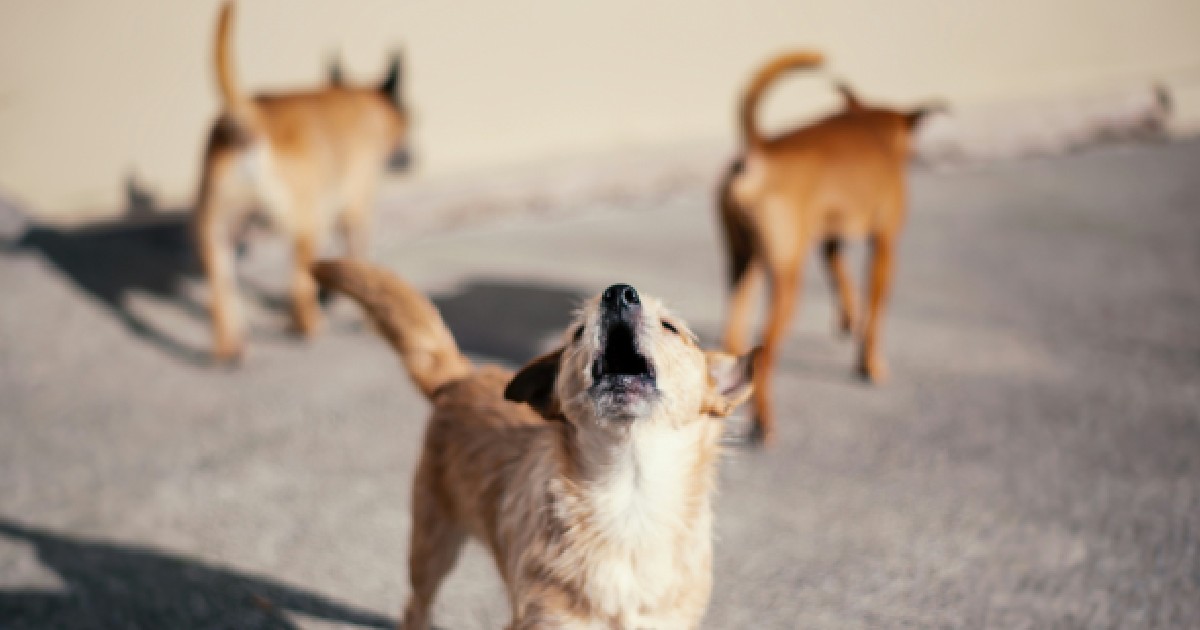KAREN PRYOR CLICKER TRAINING IS DEDICATED TO HELPING YOU TRAIN BETTER.

Drawing from decades of expertise by Karen Pryor, Ken Ramirez, and leading industry experts, our comprehensive library offers an extensive collection of clicker training resources, all available online.
Whether you're a beginner or a professional, you'll find valuable insights, proven techniques, and innovative methods to enhance your training skills and achieve better results—and relationships—with your animals.
Please note: We are in the process of migrating many of our blogs to our new website. If you are looking for a specific resource, please let us know at editor@clickertraining.com, and we'll do our best to expedite the request. Thanks for your patience!

On Being a Changemaker
So you’ve become a clicker trainer! Naturally you are very excited. You want other people around you to stop using punishment-based methods and start clicking. So you introduce

How to Clicker Train Your Dog to Stay in the Yard
Draw the lines yourself Would you like to train your dog to stay in your yard without resorting to electrical shock? There is a way to do it

Running with Your Dog: Wagging Tails on the Trails
Road warriors If you’re a runner (and even if you aren’t), you may have considered running with your dog. Including your dog in runs can be a great

Training a Steadfast Recall
A recall can save your dog’s life. It can stop her from running in front of a car, or from chasing an animal into the woods. It can

How to Keep Your Dog Calm When the Doorbell Rings
Does this ring a bell? The crowd gathers outside and is tense with anticipation as it makes its way to the paddock (your front porch). The field is

What Squirrel? 10 Techniques for Training with Distractions
For trainers of all skill levels, proofing a behavior for reliability despite strong environmental distractions is one of the most elusive training goals. But hope is on the horizon. Here are 10

How to Communicate with a Deaf Dog
Challenge: a hearing-impaired dog Do you care for a deaf dog? Have you ever had the opportunity to work with a deaf dog? I had not—until Blanca. In

How to Teach Your Pet to Target
Picture the possibilities Imagine teaching your dog to put his hind feet—just his hind feet—on a mat. Or, imagine teaching your cat to give a high-five. What if

Energetic, Anxious, or Reactive Dog? Try the Calm-O-Meter Method
Recognize your dog? Do you have an excitable, active, or reactive dog? Does one or more of the following phrases describe your dog? Wishful thinking Wouldn’t it be

Meet Your Match: Ten Tips for Choosing a Shelter Dog
There are many dogs in shelters and rescue organizations that will make wonderful lifelong companions. So how do you find the best match for you and your family?


